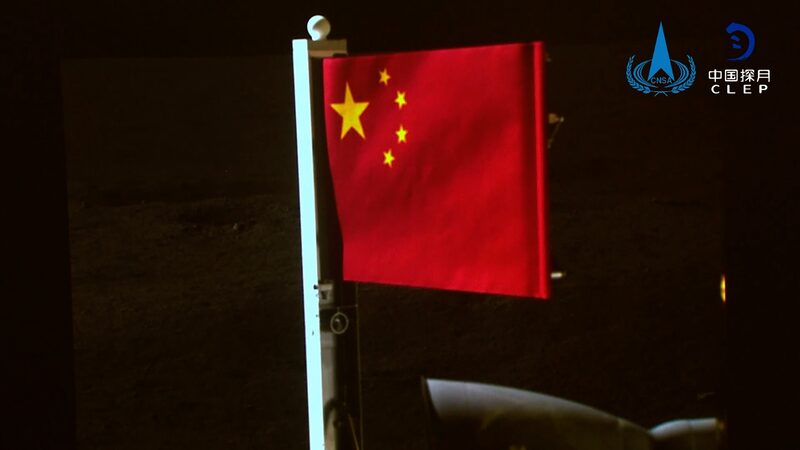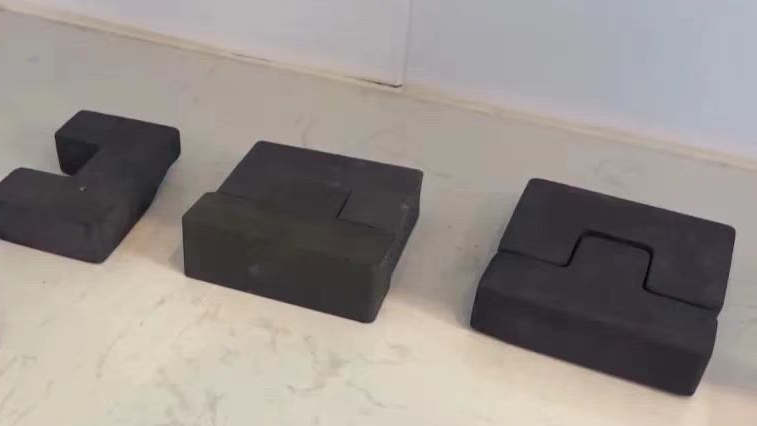China has taken a giant leap toward sustainable lunar exploration with the unveiling of the world\u2019s first machine capable of producing construction bricks using in-situ lunar soil. The innovation, announced at a Beijing exhibition marking two decades of China\u2019s lunar program, could revolutionize off-planet infrastructure projects.
The brick-making device harnesses solar energy and optical fiber technology to achieve extreme temperatures of 1,400–1,500°C, completely melting lunar regolith for 3D-printed construction materials. \u201cThis eliminates the need to transport water or binding agents from Earth,\u201d said Wu Weiren, chief designer of China\u2019s lunar exploration program, highlighting its potential for building the planned International Lunar Research Station.
Visitors to the National Museum of China exhibition can view historic lunar samples collected by Chang\u2019e-5 (from the moon\u2019s near side) and Chang\u2019e-6 (far side) missions side by side for the first time. Displays include technical artifacts and mission documents tracing China\u2019s lunar ambitions since 2004.
China\u2019s roadmap reveals ambitious next steps: Chang\u2019e-7 will survey water ice at the lunar south pole in 2026, while Chang\u2019e-8 (2028) aims to establish critical energy and communication infrastructure. \u201cWe welcome international partners to collaborate on this frontier,\u201d Wu emphasized, underscoring the global implications of these developments.
The exhibition, co-hosted by China\u2019s space administration, runs through August and offers unprecedented public access to materials central to humanity\u2019s next phase of space exploration.
Reference(s):
China unveils future lunar exploration plans at exhibition in Beijing
cgtn.com








